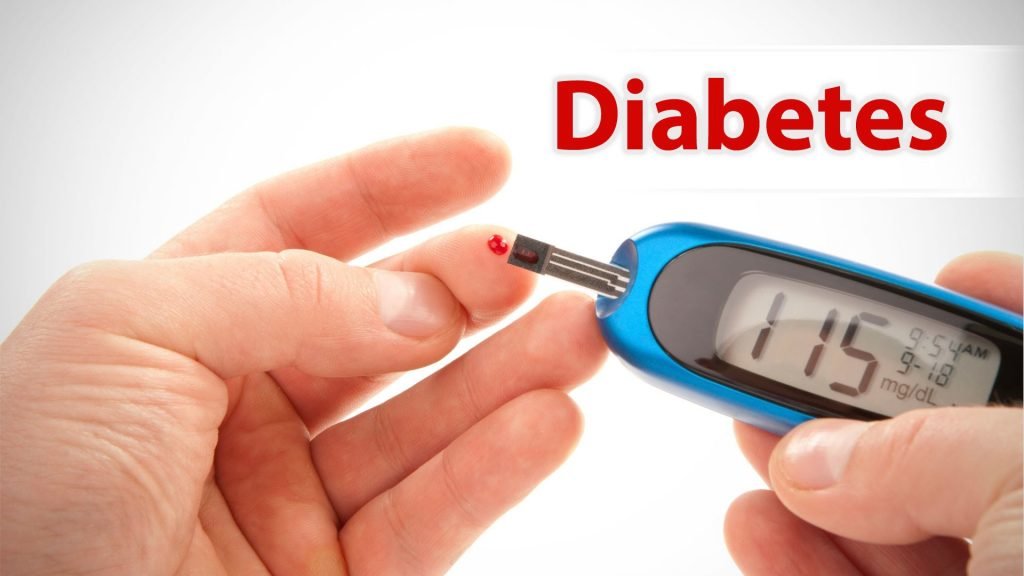Diabetes is a globally widespread, deadly disease that affects millions of patients. However, even though it’s one of the leading causes of death worldwide, it remains poorly diagnosed.
According to Joslin Diabetes Center, up to 8 million of diabetes patients — or one-third of the total number of sufferers worldwide — are not aware that they already have the disease. This is mainly because diabetes often starts without significantly noticeable symptoms, making it all the more dangerous.
Who should get tested for diabetes?
The American Diabetes Association recommends that all adults aged 45 or older get tested for diabetes at least once every three years. However, even if you don’t fall under this age range but experience diabetes symptoms, you should talk to your doctor about monitoring your blood sugar level immediately.
Furthermore, if you have any of the following risk factors, you should get tested more often, ideally once a year:
- One of your family members, especially if a parent or a sibling, is diagnosed with diabetes;
- You are overweight, with a BMI of more than 25;
- You experience high blood pressure;
- You are suffering from polycystic ovarian syndrome (PCOS);
- You previously experienced gestational diabetes or have given birth to a baby over 9 pounds;
- You have a problem with your cholesterol level.
What tests are used to diagnose diabetes?
There are three different kinds of tests that doctors use to diagnose diabetes or prediabetes. These are the fasting plasma glucose test, oral glucose tolerance test, and random plasma glucose test. We will tackle them one by one below.
1. Fasting plasma glucose (FPG) test.
As its name implies, the fasting plasma glucose test is done to measure the blood sugar level after the patient has gone for at least 8 hours without eating. It is done to detect diabetes or prediabetes and is most accurate when done in the morning. Results and their readings are shown in the table below:
| Plasma Glucose Level | Interpretation |
|---|---|
| 99 mg/dL or lower | Negative for diabetes; normal |
| 100 to 125 mg/dL | Prediabetes; likely to develop Type 2 diabetes |
| 126 mg/dL or higher | Positive for diabetes |
Testing positive for diabetes requires confirmation. Usually, a second FPG testing on a different day is done to confirm the diagnosis.
2. Oral glucose tolerance test (OGTT).
The OGTT test is usually done for patients whose glucose levels are normal but are still suspected to be diabetic. Usually in these patients, diabetic signs, symptoms, and complications as well as risk factors like family history are observed. It is therefore used to rule out diabetes in susceptible individuals.
Three days before the test, the patient is required to have a diet consisting of at least 150 grams of carbohydrates daily. Before the day of test, the patient must undergo an eight-hour, overnight fast. Then, the OGTT is then done immediately before and two hours after the patient has consumed 75g of glucose dissolved in water. Results and their respective interpretations are shown in the table below:
| Plasma Glucose Level | Interpretation |
|---|---|
| 139 mg/dL and below | Negative for diabetes; normal |
| Between 140 and 199 mg/dL | Prediabetes or impaired glucose tolerance; likely to develop Type 2 diabetes |
| 200 mg/dL or higher | Positive for diabetes |
Like the FPG test, a positive OGTT result should be confirmed by doing the test again on a different day.
3. Random plasma glucose (RPG) test.
In an RPG test, your doctor measures your blood glucose level regardless of when you had your last meal or beverage. Unlike the previous two tests explained above, however, this test only determines diabetes and not prediabetes. In the RPG test, a diagnosis of diabetes is made when your glucose level is at 200 mg/dL or higher. In addition, doctors also ask patients if they experience other diabetes symptoms such as increased urination, increased thirst, unintended weight loss, fatigue, blurred vision, increased hunger, and wounds that do not heal.
***
What to do after the diagnosis
Other tests aside from the three explained above may be done by your doctor to distinguish between Type 1 and Type 2 diabetes, as the treatment for these two variants of diabetes differ. Once this is done, it is advised to work closely with your doctor to work out your daily diabetes care routine including meal plans and physical activity recommendations.
Furthermore, your physician may require you to get your sugar levels checked between two to four times a year to ensure that you are on the right track in managing your diabetes.
***
For many adults, getting tested for diabetes should be part of annual medical check-ups. Staying one step ahead of possible health concerns that you may acquire can help you better manage and maintain your overall well-being.

